Does India need a refugee law?
India hosts the largest population of refugees in all of South Asia yet lacks a robust domestic policy that differentiates refugees from foreigners.
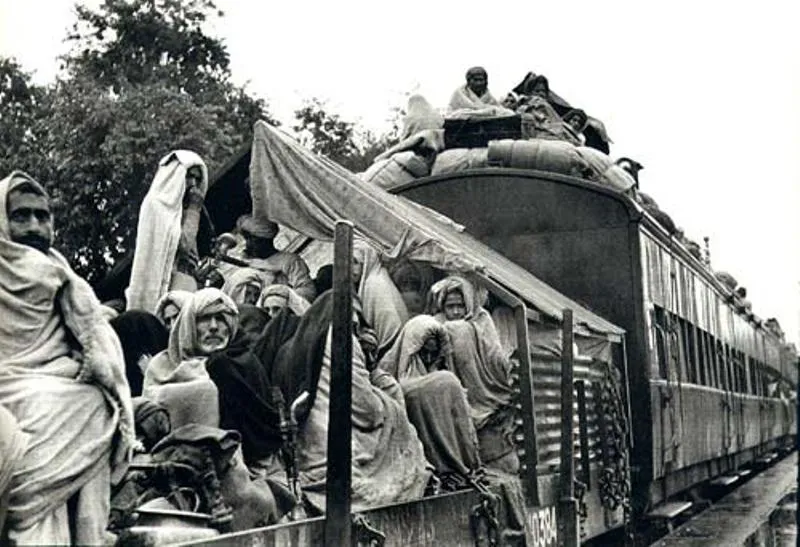
India’s birth in itself was girdled in one of the largest, bloodiest recorded human migratory movements of all time—the Partition. With hopes of a better life, thousands of Sikhs, Hindus, and Muslims moved across the newly demarcated borders in endless caravans. Ever since, India has seen a huge influx of refugees from various countries, mostly from its immediate neighbours.
Brief history of major influxes
The notable ones include the large-scale exodus of refugees from erstwhile East Pakistan to India during the Bangladesh liberation war of 1971. United Nations High Commissioner for Refugees (UNHCR) estimates say about 10 million civilians crossed the porous borders and moved into Assam and West Bengal to avoid sectarian violence. While most of these refugees were repatriated after the war, many stayed over, triggering a long-standing issue of illegal immigrations from Bangladesh, a hot topic of debate till date.
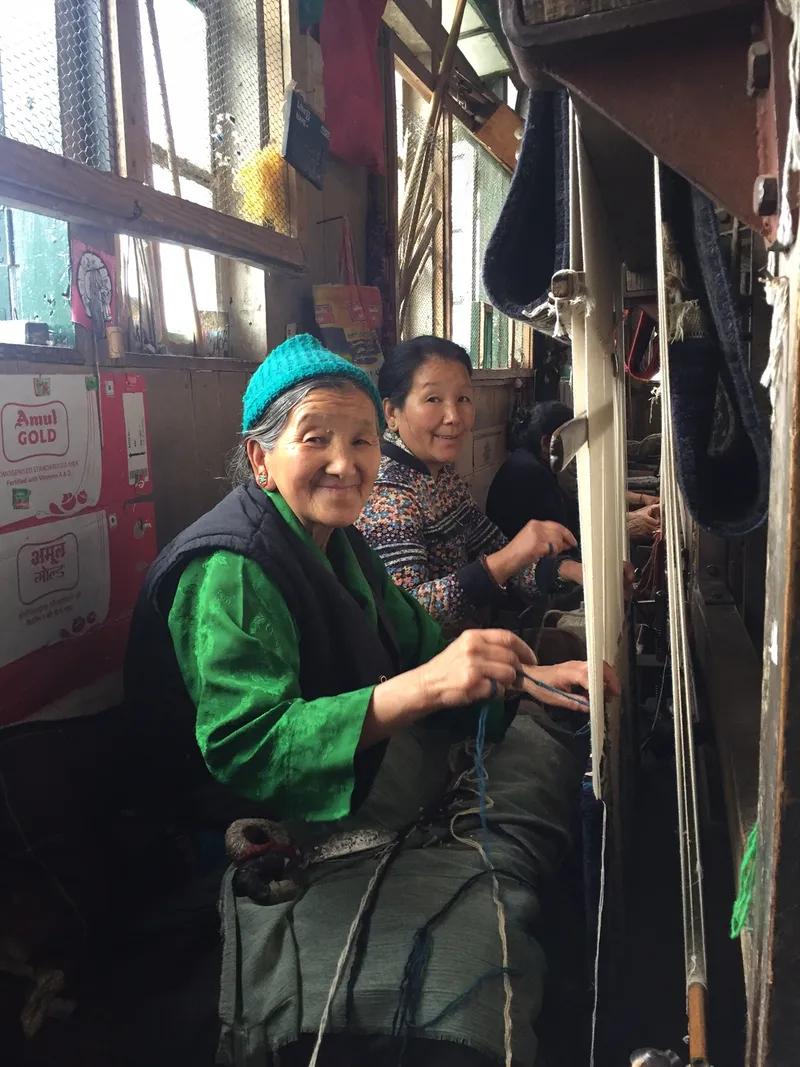
The occupation of Tibet by China in the early 1950s triggered another wave of migration with many refugees, including the Dalai Lama, fleeing war-like conditions. With major support and sympathy flowing from the likes of Jawaharlal Nehru, most of these refugees were successfully rehabilitated in various settlements across Karnataka, West Bengal, and Himachal Pradesh.
The recent forced exodus was the influx of Lankan Tamils resulting from violent ethnic conflict that marred the island nation in 1983. About 1,20,000 of these refugees now live in camps across Tamil Nadu, according to figures collected by the People’s Union of Civil Liberties (PUCL).
While most these refugees have integrated into the Indian social fabric over the years, more recent asylum seekers from conflict-ridden countries like Afghanistan, Somalia, and Myanmar pose a threat to the semblance of India’s tolerant refugee rehabilitation approach.
The sad state of Rohingya refugees in India
Figures recorded by UNHCR at the end of December 2014 quote that there are about 31,000 refugees and asylum seekers registered in India (this is excluding the millions of Tibetan and Lankan refugees who were granted refugee status over the years). A further breakdown of these refugee numbers suggests that a majority of them are Rohingya Muslims from Myanmar (14,300), people from Afghanistan (10,395), Somalia (654), and other countries like Democratic Republic of Congo, Iran, Iraq, Sudan, etc… (516).
The sorry state of many Rohingya Muslims living in shanty camps across urban Delhi, Jammu, Hyderabad, and Chennai are a befitting example to showcase how India’s disinterest in formulating a credible refugee policy has led to erratic rights given to these people. While 2,970 Rohingya Muslims are officially granted asylum in India, an overwhelming majority of these people still depend on refugee certificates granted by the UNHCR.
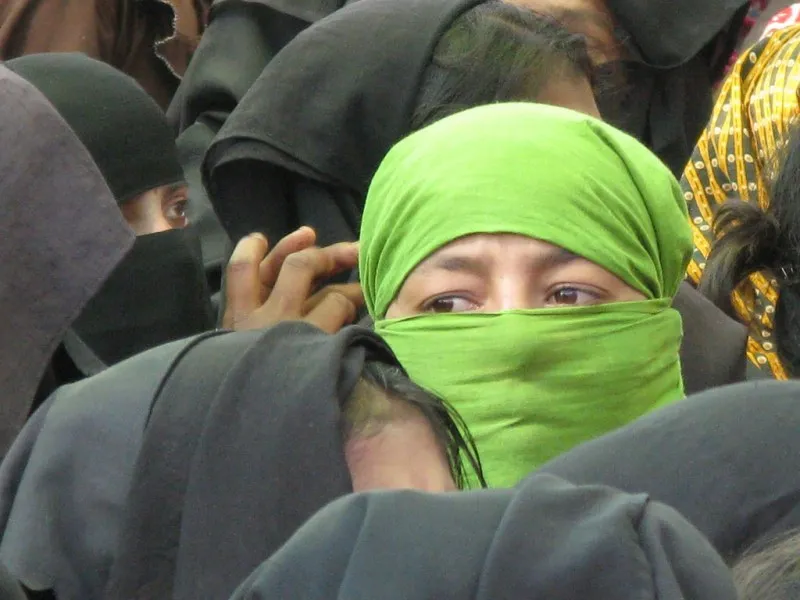
Failing to acquire any gainful employment based on these certificates, most of them earn their means by rag picking, vending, daily wage labour, or other informal-sector jobs. The lack of proper identity and documents renders them helpless to even buy SIM cards for their mobile phones. Moreover, India has decided to deport about 40,000 (unofficial estimates) Rohingyas back to Myanmar, even as the recent move is being deemed unsympathetic and in violation of international non-refoulement policy.
The Rohingya Muslims are the most persecuted community in the world, according to the UN. They form an ethnic minority in the Rakhine state of Myanmar and are fleeing the threat of sectarian violence from their government (which has disowned them as Bangladeshis) and military. They could even face death if repatriated. In this context, the deportation of Rohingyas from Indian soil cannot be justified while refugees from other countries like Afghanistan and Somalia are being treated fairly well.
No difference between refugee and foreigner?
Increasing internal conflicts, terrorism, and civil war-like situations have often resulted in scores of people knocking on India’s doors in the last decade. India, with its ‘atithi devo bhava’ motto might not have turned them away but has been reluctant in signing important conventions like the 1951 UN Refugee Convention or its 1967 Protocol on the Status of Refugees (to which 140 of about 190-odd world nations have been signatories). It’s also appalling to note that India doesn’t have any domestic legislation that takes into consideration the various needs and rights of refugees on humanitarian grounds.
As in the case of the Rohingya Muslims, many unrecognised refugees are still treated according to the guidelines mentioned under the Foreigners Act, 1946 which gives the police unlimited powers to stop, frisk, and arrest any refugee under suspicion. As a result, many Rohingyas languishing in Indian jails today.
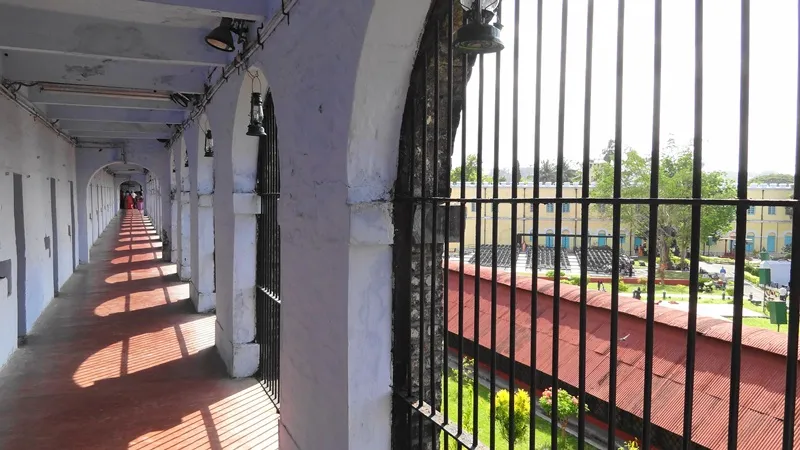
The Indian refugee policy, mostly based on ad hoc executive and previous judicial pronouncements, is quite redundant when it comes to guiding the proceedings in case of large-scale, contemporary distress migrations. The question of who qualifies to be a refugee in India is itself ambiguous as there is no explicit mention of this term under any domestic law. The asylum management system in India lacks credible structure. The Asylum Bill, 2015 proposed by Shashi Tharoor sure was a first big step in shaping an effective asylum regime, but quite expectedly wasn’t even picked up for consideration by houses of Parliament.
Divided we stand in helping the Syrian refugees
The recent Syrian refugee crisis has had many countries take polarised, divisive stands on welcoming people who are escaping the gallows of death in stingy rubber boats across the Mediterranean. Despite having well-established social security systems in place, many NATO countries have now raised fences to restrict the entry of refugees fleeing situations of chemical warfare.
While countries like the United States of America, Turkey, and Saudi Arabia have been critical of Assad’s role in perpetuating and aiding terror, other nations like Russia and Iran remain the Assad regime’s closest allies.

India has been hesitant to take a strong stand on the largest human catastrophe since World War II. Even as it explicitly ruled out the possibility of a military solution to the Syrian crisis in a 2013 statement, it has been vocally supportive of Russia’s air strikes in the war-torn country. Such a contradictory stance only resonates with the varied business interests New Delhi has with Damascus. The security of the Indian immigrants living in the Gulf, the continued threat of terrorism to the Indian subcontinent, the issue of illegal immigration in the absence of a proper asylum management setup, etc… might be cited as other reasons why India has been diffident in calling a spade a spade in case of the Syrian refugee crisis.
Even countries with the most evolved mechanisms for refugee management have now imposed an indefinite ban on accepting refugees from violence-ridden countries like Syria, Libya, and other Gulf nations. Case in point, America, which has explicitly passed legislations on recognising refugee needs and has allowed millions of refugees to integrate and contribute to their social development over the years. While NATO has restricted its aid to information surveillance and monitoring across the Aegean Sea in large vessels, many European nations are skeptical about wholeheartedly accepting Syrian refugees on the pretext of them purporting terrorist ideologies.
India’s unconvincing commitment to helping refugees
The absence of a lucidly detailed domestic law and poor asylum status management might not be the only certain reasons why refugee concerns often go unheard in India. Lack of a strong political will is also among the chief concerns. It seems like the issue of illegal migrations is only raked up during assembly elections and further used to secure vote bank politics.
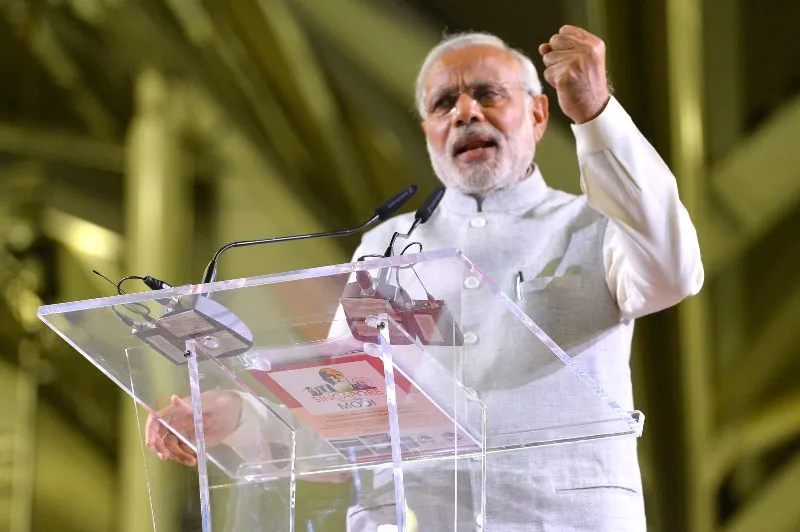
The recent decision to deport Rohingyas also raises questions on the current BJP regime’s level of conviction in addressing refugee issues. A tinge of communal hue also takes precedence since it’s not hard to notice that the Rohingyas are paying the price of being Muslim while many Hindu refugees from Pakistan enjoy full citizenship rights in India. The lack of reliable data in terms of the exact number of illegal immigrants in India is also a problem area that needs to be addressed urgently for better preparedness.
It’s time India gives some serious thought to drafting its own refugee policy, for the situation could only get worse. Internally displaced refugees fleeing conflict zones could soon give way to climate refugees (those fleeing the worst effects of climate change), a new breed of those categorised under environmental refugees. With new challenges at hand of mixed human migratory pattern, the call is loud and clear for nations to equip themselves with more empathetic refugee and migrant policies.







